Anna Caterina Antonacci
Anna Caterina is regarded as the best soprano of her time. The award-winning singer was a winner for each of the Voci Verdiane Callas competition and the Pavarotti Competition. The most prestigious award she has received is a Chevalier de l'Ordre National de la Legion of Honour, which is awarded from the French Republic. Era la Notte was her debut album for Naive and it received much applause. Her second recording the album L'Alba separa dilla lumie of the ombra, on Wigmore Live featuring Tosti Ciela and Hahn together with Donald Sulzen has been equally highly acclaimed. Anna Caterina, a distinguished participant in the General Assembly of the Academicians of Santa Cecilia's distinguished panel members, in 2021 was chosen as an one of the Accademici Effettivi. Anna Caterina performed as Madame de Croissy at Teatro dell'Opera di Roma during this season's 22/23. The production is led by Emma Dante. This season, Anna Caterina will perform this role on stage at the Bayerische Staatsoper. Anna Caterina Antonacci comes from an Italian family of sopranos. She is most known for bel-canto roles and Baroque. She primarily focused on singing in the Rossini Canon. She was mezzo-soprano for several years. Anna Caterina Antonacci, 62 years old, is currently not known for her stature. Anna Caterina Antonacci will have her height, weight and body measurements updated shortly. There is no one she's dating. She is currently single. We don't have much information about her past relationships or the previous engagements. Our Database confirms that she doesn't have children. In 2022-2023, her net worth has grown substantially. How much is Anna Caterina Antonacci's net worth now when she's aged 62? Anna Caterina Antonacci makes most of her income by performing. Anna Caterina Antonacci's income is predominantly derived from being a highly successful performer. She was for a long time a Rossini-canon mezzo-soprano. Antonacci was a student in Bologna and debuted as Rosina in 1986 at Arezzo. The full profile of her was published in The New York Times in March 2012.
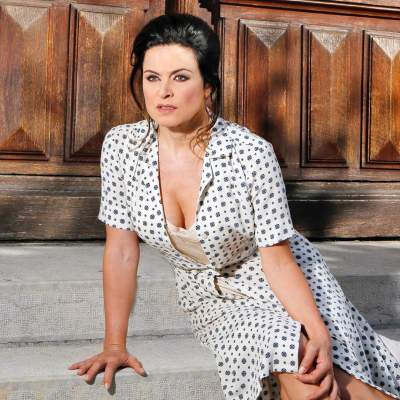
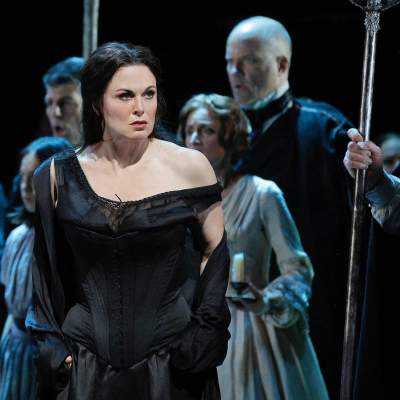

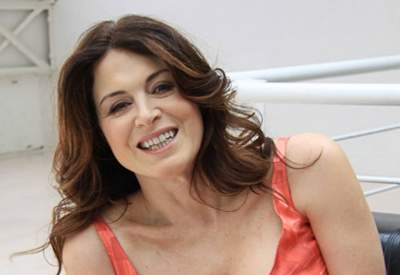
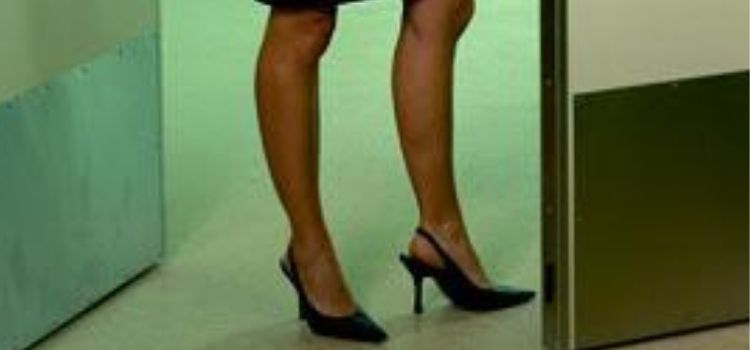
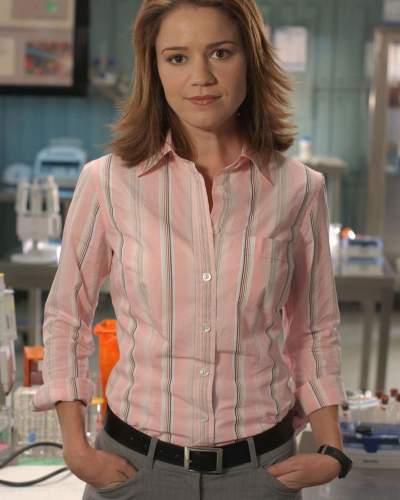
Comments
Post a Comment